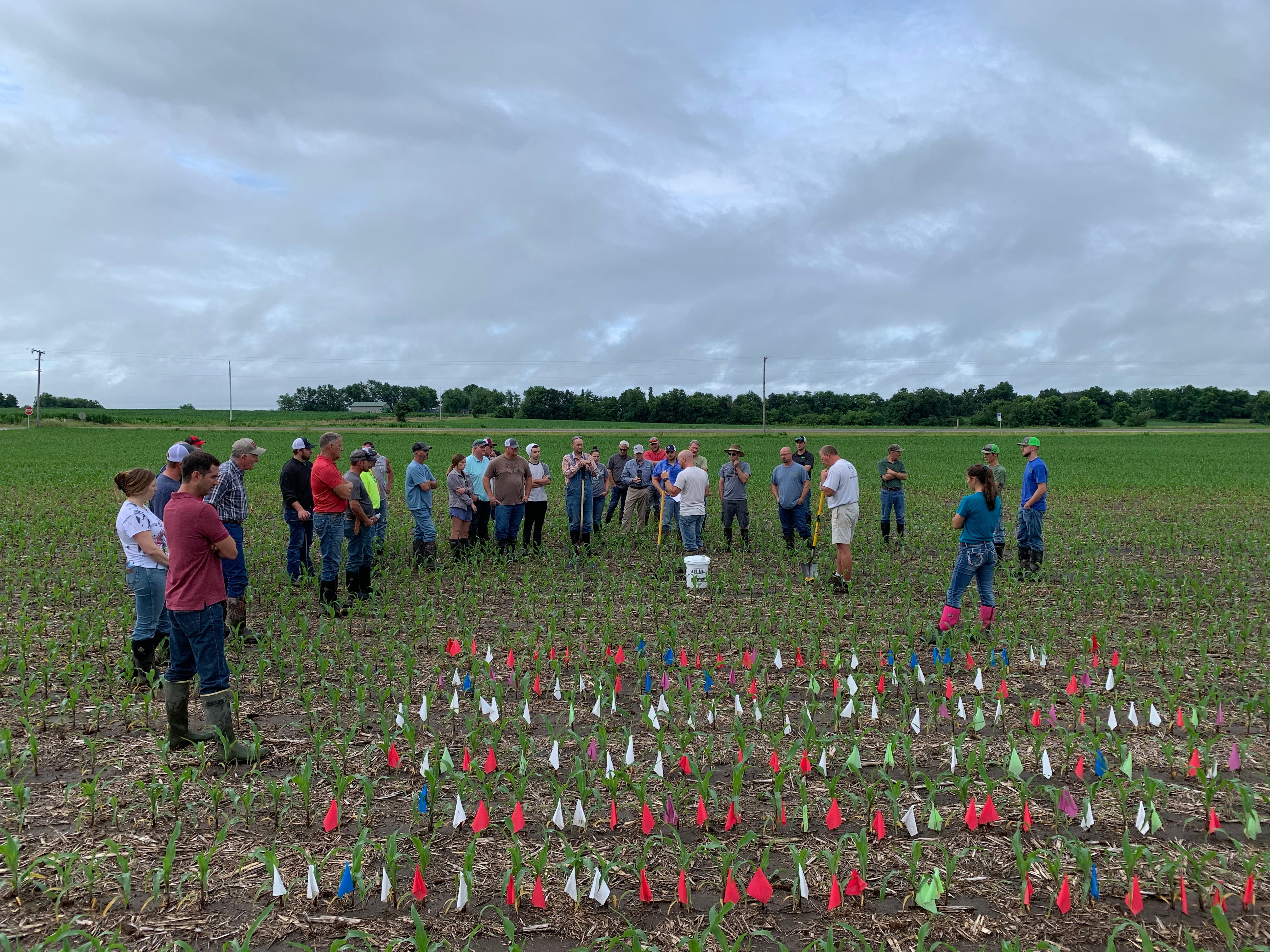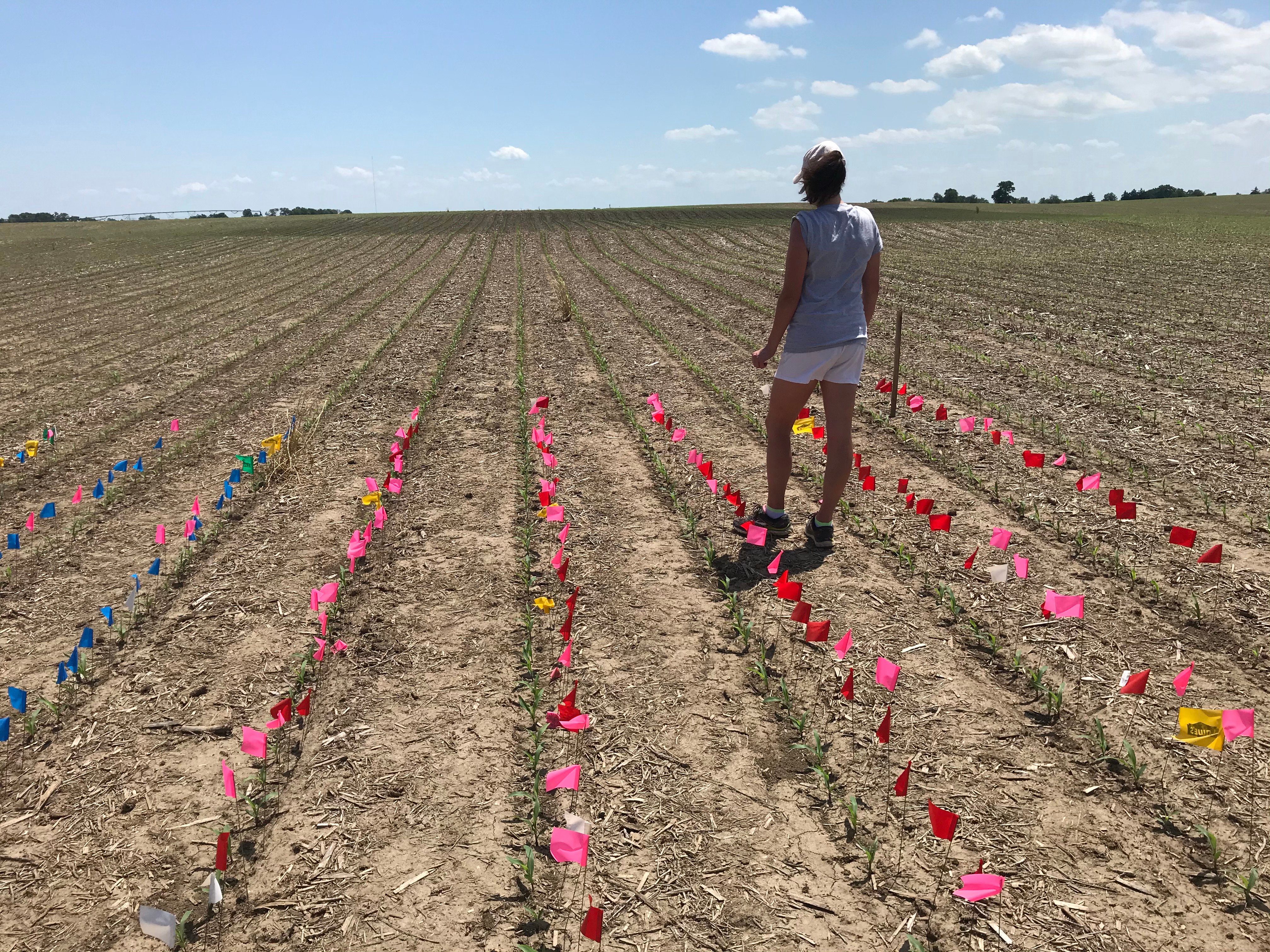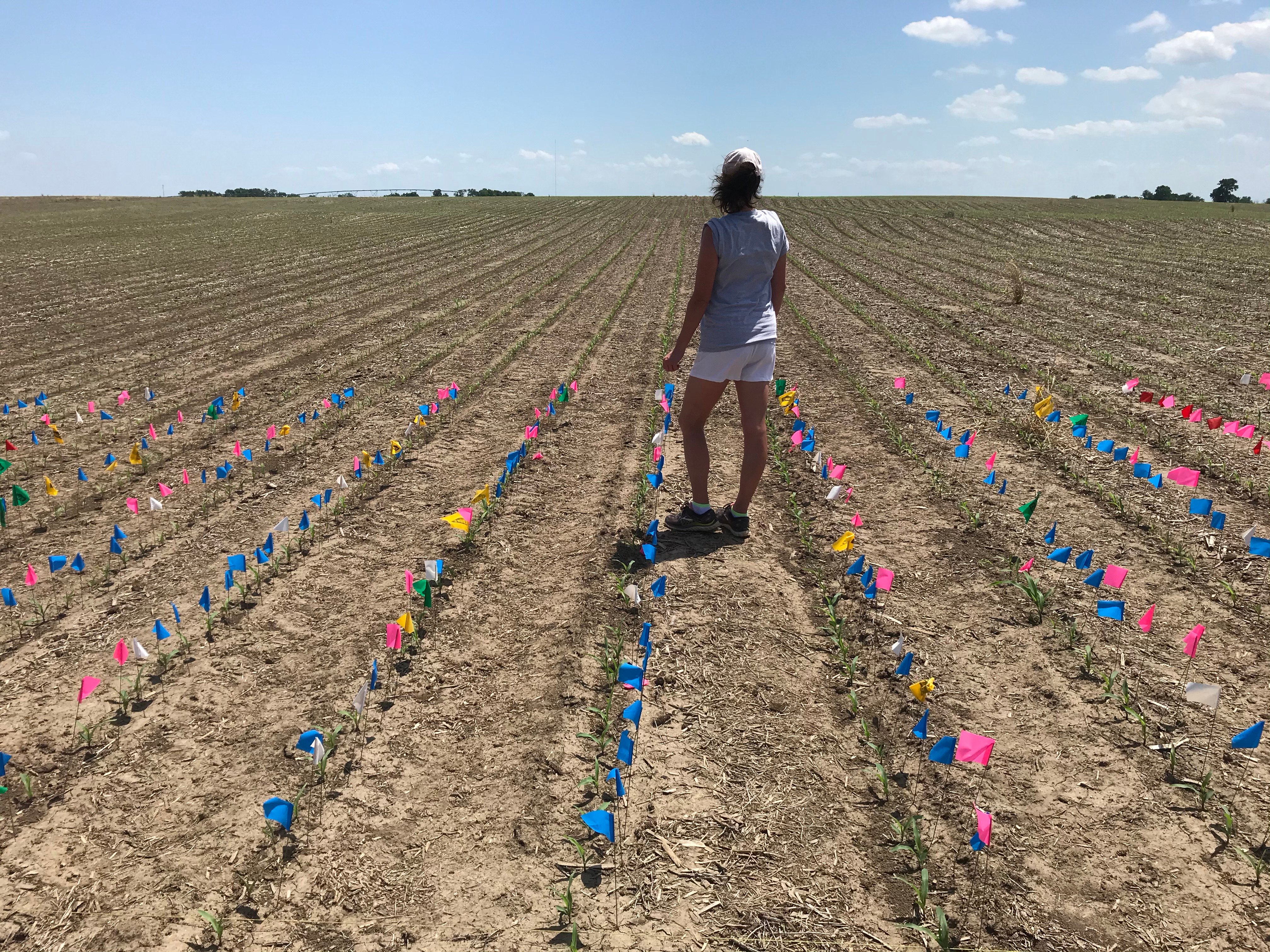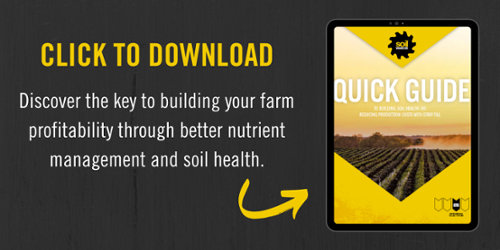What are the Benefits of a Flag Test?
With the addition of flag testing on their operation, CADA Farms has improved their decision making process for the growth of their farm.
CADA Farms is no stranger to innovation. While there are endless tricks, tools, and technology, CADA Farms puts a lot of thought into determining what innovative tools they choose for their farming operation. Brandon Kliethermes says, “To decide the next steps to build healthier soils and more nutrient-rich crops, you need data points.”
One tool we use on our farm is flag testing. There are multiple uses for a flag test. The three Sarah, Brandon’s wife, sees farmers utilizing are 1) planting accuracy, 2) emergence testing, and 3) tissue sampling.
We use the data we collect from the flag test to determine if we need to make planter adjustments, plant earlier or later, and add or remove nutrients from our growing season plan.

To learn more about flag testing and how CADA Farms uses the data points, we interviewed Brandon and Sarah.
Q: What is a flag test?
A: A generic flag test is a uniform plant emergence scorecard. The test can be as simple as reviewing one planted row of corn. Sarah said, “You can also have a more detailed test and create a grid system based on your planter rows. Each plant within the grid is assigned a flag color based on a 12-hour emergence window.”

Q: What data do you collect from the test?
A: You can identify that you have a plant emergence problem. While the scorecard gives you a point of reference, it is up to you to determine the problem. You can follow the scorecard through the plants’ lifecycle to see how crucial even emergence is.
Q: Are there specific changes you’ll make to your strip-till or planting systems due to the insights gained from the flag test?
A: Based on the information we track from following the lifecycle of each plant in the grid, we can address future plant dates and planter performance. The test will help us determine emergence problems such as compaction and seed to soil placement. We look at other factors, too, planter settings, weather, etc. We scout our crops regularly and sometimes find problems later in the growing season. We can make slight adjustments for next year’s crop based on what we see during the growing season.

Ultimately, the flag test reinforces the fact that a uniform stand emergence is essential. Brandon says, “Whatever it takes to have uniform emergence is your number one goal.” It is the same for strip-till. It is important to utilize the SoilWarrior to create that optimal seedbed. By understanding the lifecycle of the plant and the many variables a plant encounters throughout the growing season, you can make slight adjustments for the following year. Depending on the data point and how strip-tilling impacted the emergence of the plant, you can adjust your machine to combat soil compaction and adjust the date you strip-till your field.
Download our ebook and read more about strip-till in action.

Comment